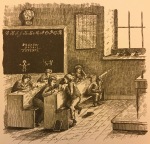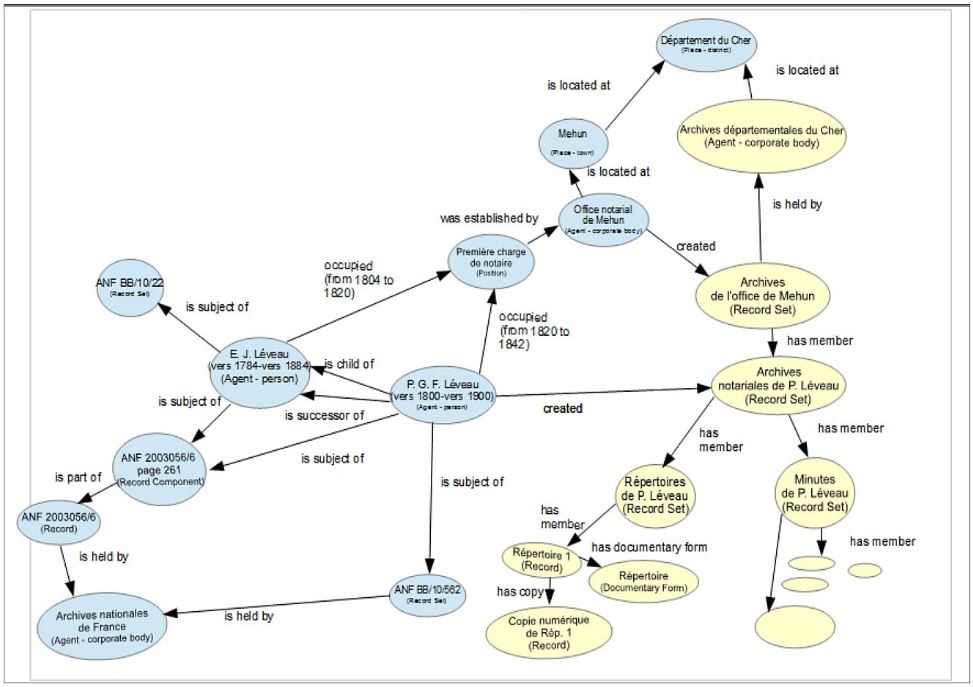Moss Hart charms in this 1959 meeting of the Book and Author Luncheon. Hart is here to plug his new memoir, Act One. With his wife, the actress Kitty Carlisle, as well as the publisher Bennett Cerf and his wife Phyllis on the dais, he describes how a playwright and director came to write prose. His play The Climate of Eden had flopped. Licking his wounds, unable to write, he complained to fellow dramatist S.N. Behrman, who suggested he start keeping a diary. He did, more as an exercise in discipline that with any thoughts toward publication, which he then claimed to burn, because it was “very indiscreet.” (In fact, he kept it, ordering it to be kept sealed until after both his and his wife’s death.) Perhaps in counterpoint to these acid, unpublishable musings, he at the same time began to write the story of his life from his earliest artistic yearnings to his first great show business success. Hart describes the writing as therapy rather than art. He read it every night to his wife, who urged him to continue.
Kitty Carlisle in Die Fledermaus, November 1, 1933
(Carl Van Vechten,/Library of Congress)
When he had reached “the end” of those memoirs, that is to say the beginning of his life as the wildly successful man of the theater known to the public, he stopped, much to the consternation of Cerf, who felt readers would feel cheated if after journeying with him through the poverty and disappointment of his early years they did not get to hear about his subsequent fame and fortune. But Hart stuck to his guns, although he tantalizes the audience with possible material for “Act Two,” telling two theater stories, one about Gertrude Lawrence in his play Lady in the Dark and one about the nineteen-year-old Julie Andrews in My Fair Lady. Both these anecdotes, though mildly amusing, illustrate Hart’s reason for stopping Act One where he did. They are merely vignettes, not part of the achingly moving story of a child’s fairy-tale-like quest to enter the magical world of Broadway.
Moss Hart (1904-1961) grew up poor in the outer boroughs of New York City. His love of theater was early and immediate. He spent years as an entertainer in Catskills resorts, putting on skits and entertaining vacationing guests while also writing plays, none of which were produced. As the website for the American Society of Authors and Writers explains:
He wanted to write big, sprawling plays the way his idol, Eugene O’Neill, did. But all the major producers kept turning him down, telling him that they wanted comedies. Eventually, Hart decided to give them what they wanted and wrote the play, Once in a Lifetime. He enlisted legendary playwright George S. Kaufman to help fine-tune the script, which the two of them worked on for months. They showed rough versions of the play to audiences and noted what made people laugh and what didn’t. When it was finally fully released in 1930, it was a huge success, and Moss Hart found himself rich and famous almost overnight. He was only 25.
Hart went on to write several more hits with Kaufman as well as many successes on his own. He also became a sought-after director, bringing both My Fair Lady and Camelot to Broadway. Act One, however, had an influence far beyond that of your typical theatrical memoir. Its evocation of longing, both for material success and for the magical life of a created world, struck a chord with people all over the country, even those who had never seen a play. It was on the best-seller list for almost a year. Its power is still felt today. Frank Rich, writing in New York Magazine, notes:
…the book’s devoted fan base isn’t limited to theater nerds. Terry Gilliam has told of how Hart inspired him to bolt the Midwest for New York, where he sought out a cartoonist hero, Mad magazine co-founder Harvey Kurtzman, and started on the path to Monty Python. Graydon Carter is an Act One fanatic who discovered the book while in high school in Ottawa… Another, if unexpected, Hart devotee is the novelist Ann Patchett. After she started a second career as an independent bookseller in Nashville two years ago, she said that “Act One is one of the best things about owning a bookstore” because, as she put it, “I can sell Act One to people all day long.”
Paradoxically, Hart the dramatist is now a largely forgotten figure. His theater work seems very much of its time, reflecting popular tastes rather than challenging viewers to think or feel in new ways. Yet as seen from the rapturous reception he is given at this luncheon, he seemed the very epitome of the American Success Story. Brad Leithauser, considering this in the New York Times, asks:
What was Hart hungering for? More than anything else, perhaps, for applause — that miraculous equalizer and simplifier. In this he was united with creators and performers everywhere, great and small. However sublime and rarefied the performance enacted on stage … it ultimately resolves itself into that simple, timeless web of upraised hands, applauding. Moss Hart, who died of a heart attack at the age of 57, chased after that image and that sound his whole life. If he didn’t push his audiences very hard, he stroked them affectionately. And they responded, gratefully.
Audio courtesy of the NYC Municipal Archives WNYC Collection.
WNYC archives id: 150250Municipal archives id: LT8956





























































